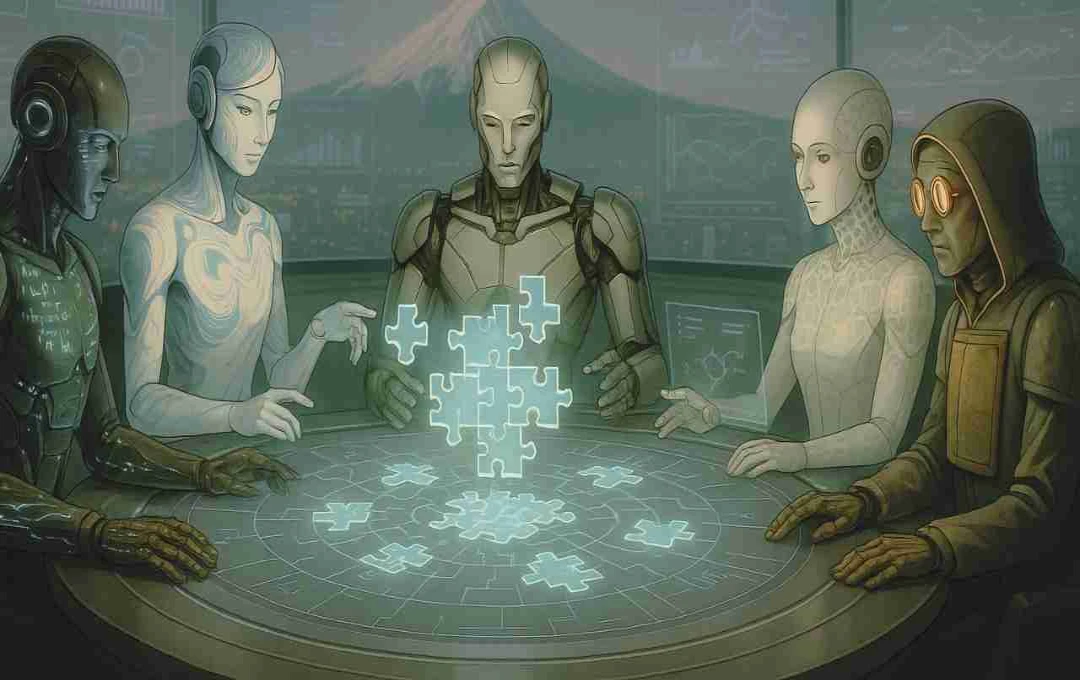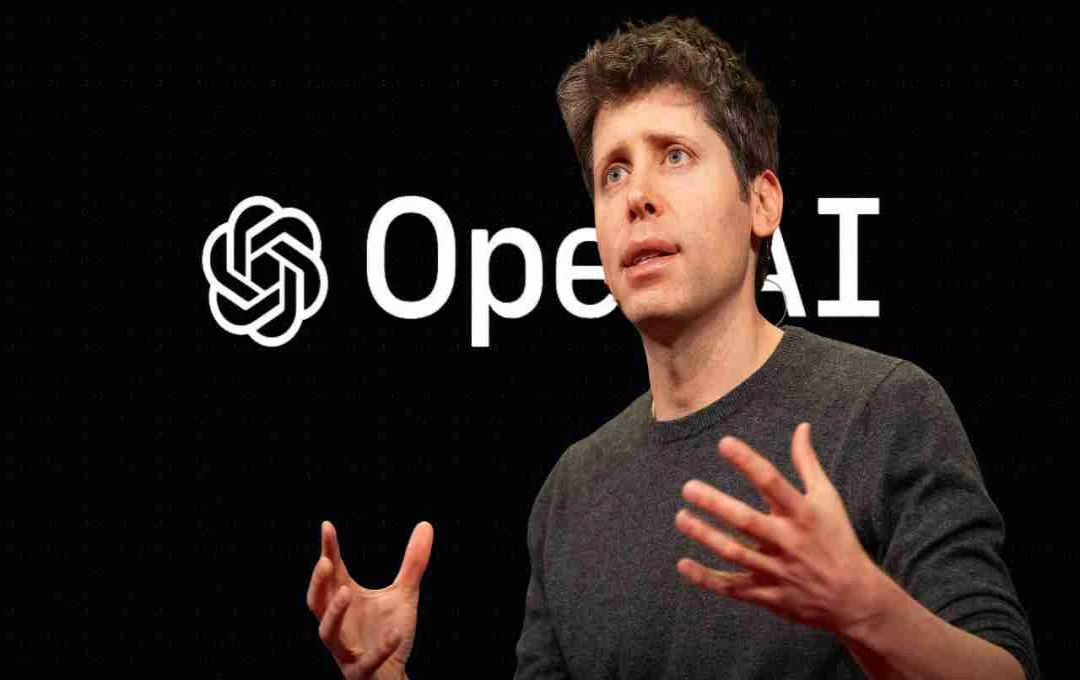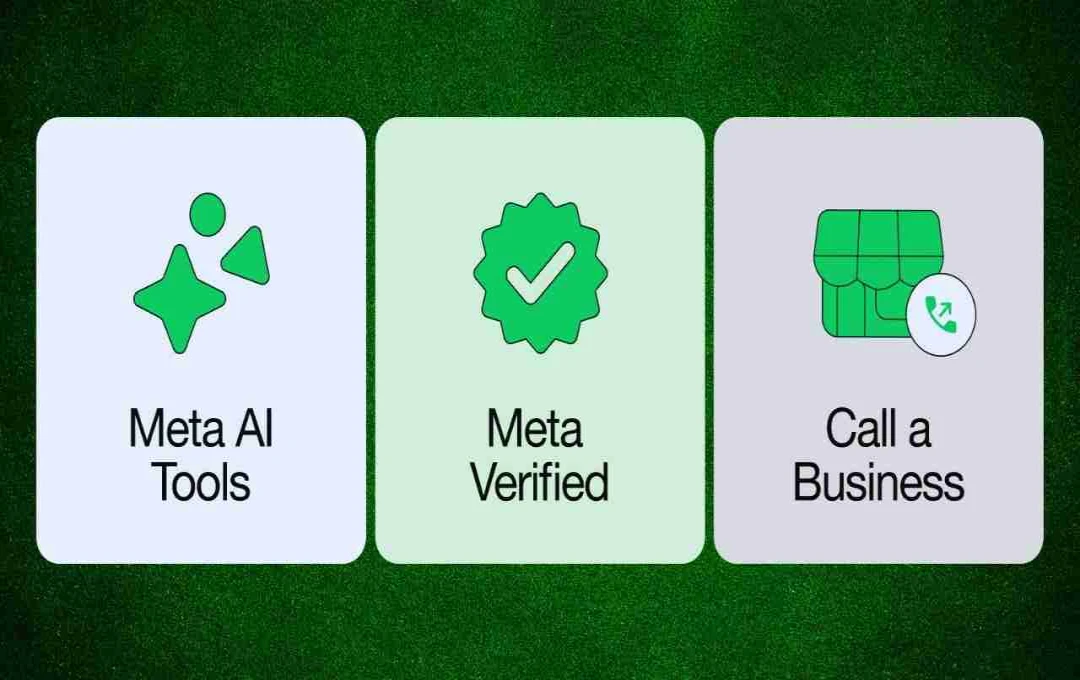Sakana AI's AB-MCTS algorithm enables multiple AI models to work together, leading to improved and more accurate solutions to complex problems. This represents a significant step towards collective intelligence and test-time scaling in AI.
AB-MCTS: Tokyo-based artificial intelligence (AI) research institution Sakana AI has released a revolutionary open-source algorithm, Adaptive Branching Monte Carlo Tree Search (AB-MCTS), which enables multiple AI models to collaborate in solving complex problems. This new system could usher in an era for AI where models with different capabilities "think" together and solve problems more efficiently.
What is AB-MCTS?
AB-MCTS, or Adaptive Branching Monte Carlo Tree Search, is a test-time scaling algorithm specifically designed to determine, when an AI system encounters a new, unknown, or complex problem:
- How deep to reason
- How extensive to explore
- And most importantly, which AI model will be most suitable for the task
If the problem is extremely complex, AB-MCTS can deploy more than one AI model simultaneously to find a better solution through their combined efforts.
Why is this algorithm special?

The biggest advantage of this algorithm is that it doesn't rely on a single model. Instead, it works by creating AI model clusters, allowing each model to contribute according to its strengths. This idea is similar to 'collective intelligence,' where multiple minds think better than one.
Which models are connected to this system?
Sakana AI has tested this system with some of the world's leading AI models:
- Gemini 2.5 Pro
- o4-mini (a lightweight but capable model from OpenAI)
- DeepSeek-R1
A 'cluster' was created by combining these three, and they were tested on the ARC-AGI-2 benchmark designed by OpenAI.
How did AB-MCTS perform?
The tests revealed that:
- The o4-mini model alone was able to solve only 23% of the problems.
- However, the same model, as part of the AB-MCTS cluster, reached 27.5%.
This shows that when multiple AI models work together, they can perform far better than when working alone.
Why is this progress important?
The AI industry is at a point where each model has its limitations. Some models are good at language, some at computation, and some at understanding visual data. Expecting a single model to perform all tasks is unrealistic. Sakana AI's new algorithm provides a flexible system that can determine which model or models will be best for a particular problem.
A significant step towards open-source and transparency

Sakana AI has not only made this technology open-source but has also made it public on GitHub under the name Treequest. Along with this, the complete data of the ARC-AGI experiments has also been shared so that other researchers and developers can try this technology and also make further improvements.
All details related to the research are available in a paper published on arXiv, which clearly shows that the company believes in transparency and collective innovation.
Future possibilities
AB-MCTS is not just an algorithm, but a new philosophy in the direction of AI development. In the future, we can see:
- Smart AI teams that will decide for themselves who will do what work
- Real-time coordination in which models will communicate with each other and make decisions
- Scalable AI systems that can provide large output even with limited resources














